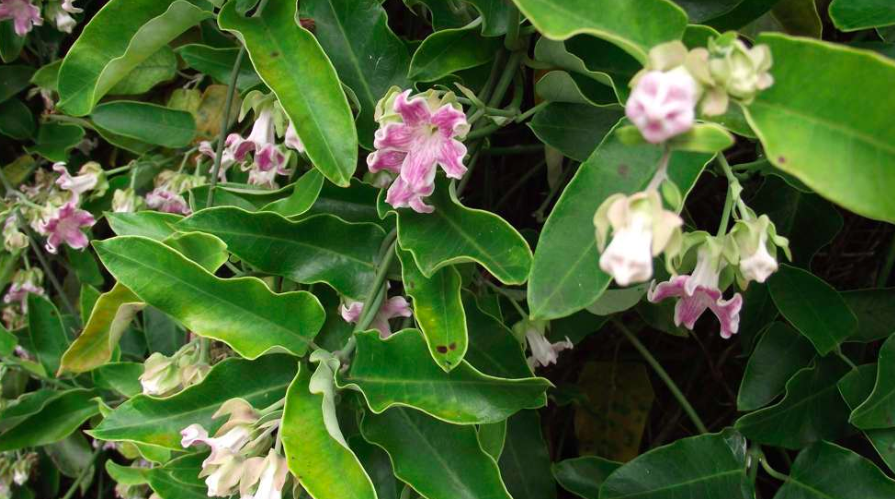Reporting ‘priority pests’

10 July 2025, 5:04 PM
 Moth plant, one of the many priority pests ORC is asking the public to report to the council.
Moth plant, one of the many priority pests ORC is asking the public to report to the council.Have you seen a rook? What about Mediterranean fanworm? Or an Asian Paddle Crab?
Otago Regional Council (ORC) wants residents to report sightings of priority pests - and now there’s a new way to do it that makes sure all the right information lands directly in the ORC biosecurity team’s inbox.
The new online ‘report pests’ form is a quick way to alert the biosecurity team to priority pests or any potential biosecurity threats in the Otago region, ORC biosecurity team leader Robert Win said.
“Priority pests are a significant environmental concern that have either not yet established, or not widely established and have the potential to cause substantial harm, such as Moth plant or the Freshwater Gold Clam,” he said.
The form, which can be found on the ORC website, collects pest sighting details, precise location data, and other information for the biosecurity team to investigate.
People can still use ORC’s 0800 number (0800 474 082) to report pests, but ORC is encouraging people to instead use the form - which lets people upload photos and pin the exact location of the sighting - as it is more detailed and efficient.
“Citizen science is a valuable way the public can help protect Otago’s environment,” Robert said. “Otago is home to many threatened and taonga species.”
“We can help to protect these and the region’s wider indigenous biodiversity if we all work together, especially if Biosecurity staff have timely information on pest sightings and exact locations.”
Priority pests in Otago include African feather grass, African love grass, Asian paddle crab, Chilean needle grass, Horsetail reed, Lagarosiphon, Spartina and many more.
Find the new pest reporting form here, as well as more information on priority pests, here.
PHOTO: ORC






